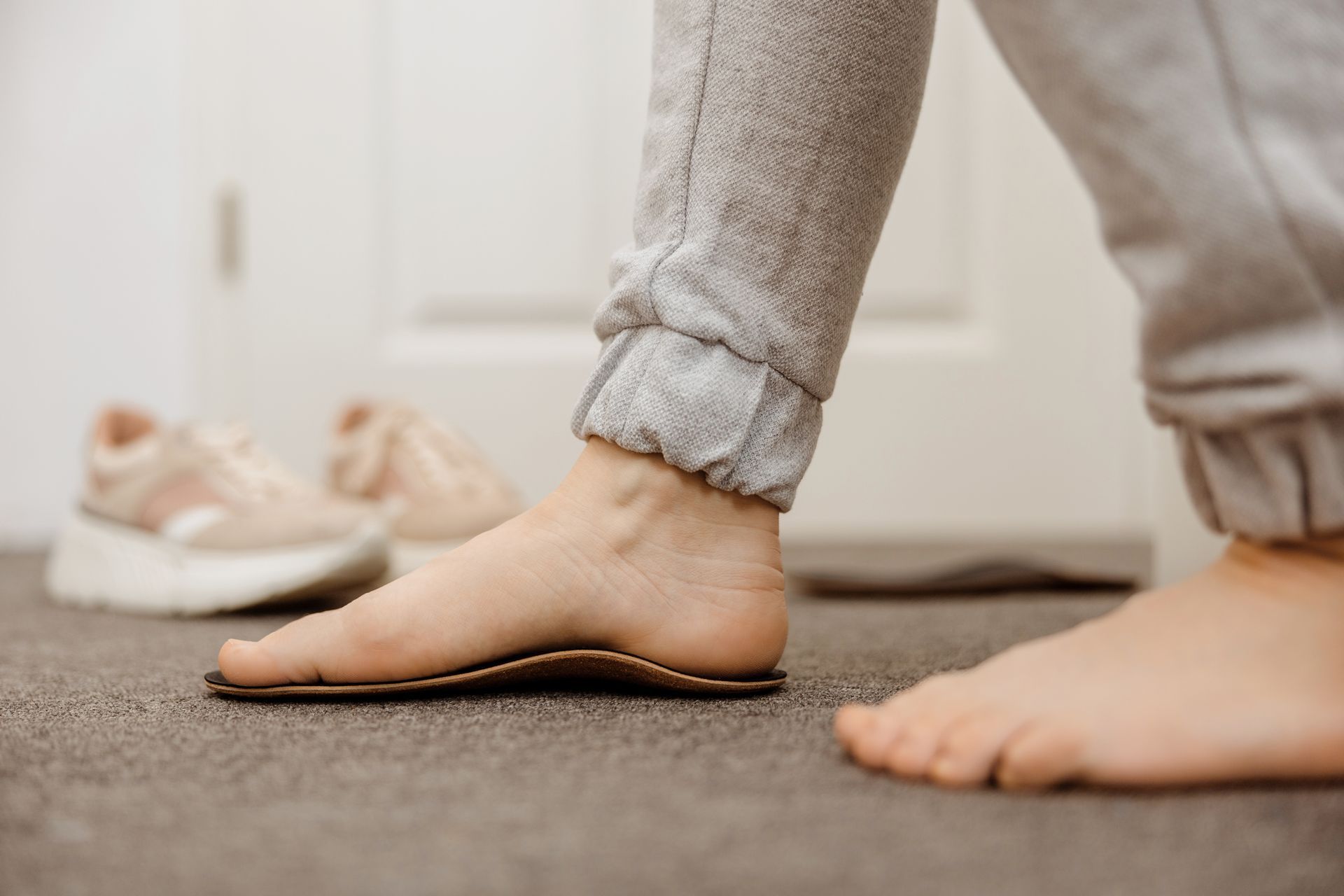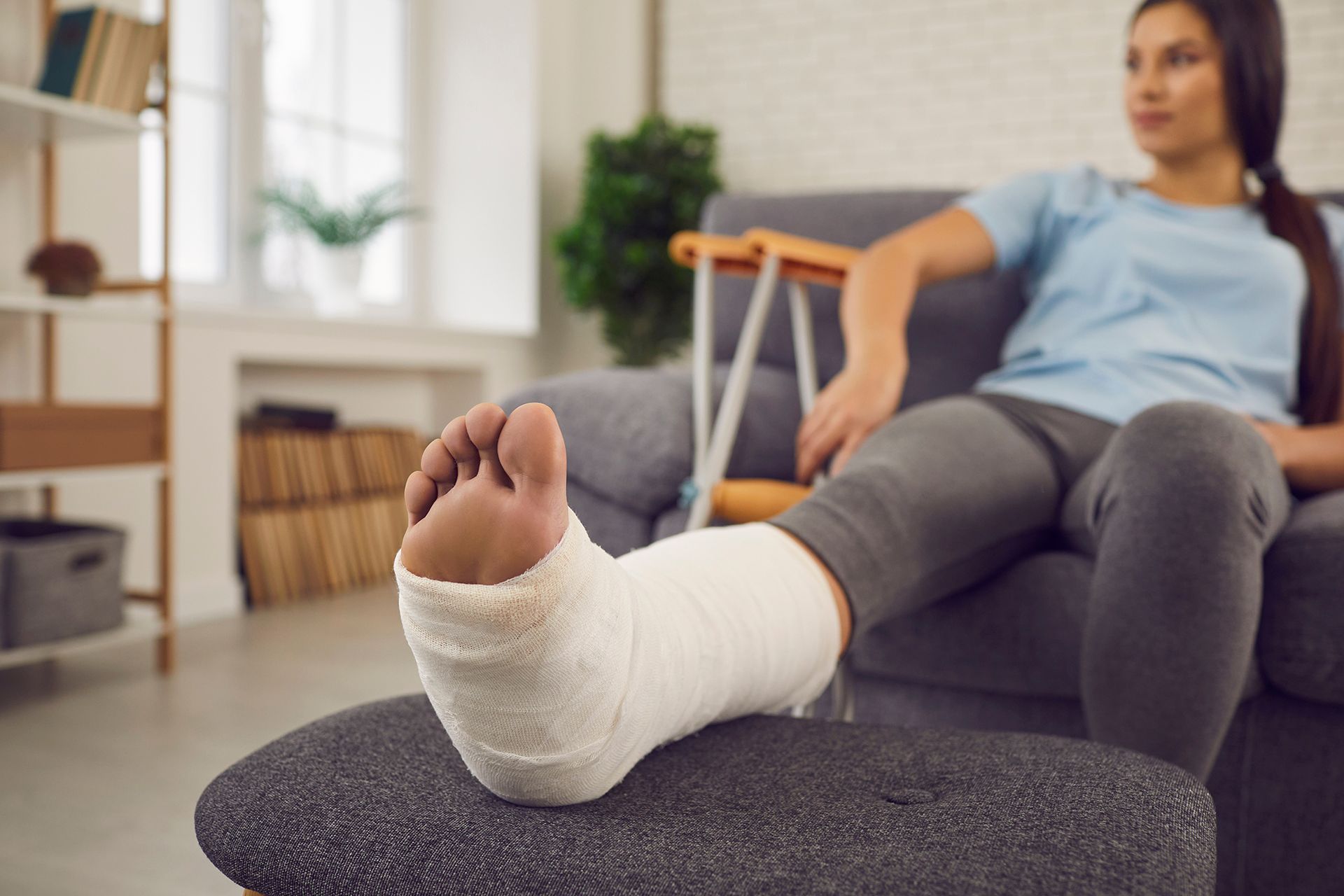How to Keep Your Feet and Ankles Strong as You Age | Harrisburg Podiatrist
Even if you have stayed in shape throughout your entire life, it is still likely that your muscles will begin to weaken as you age. Known as sarcopenia, this gradual loss of muscle can begin as early as a patient’s mid-40s. Luckily, there are still actions you can take to keep your feet and ankle muscles—as well as all your muscles—as strong as possible. Our Harrisburg podiatrist explains more below.
Perform Strength Exercises
The saying “use it or lose it” applies strongly to muscle tissue. While cardiovascular exercise is also important, be sure to incorporate strength training and weight-bearing exercises into your daily workout routine. Try to start doing this as early in life as possible, and continue as you get older, even if you find that you need to scale back in intensity at some point. Increasing basic daily activities such as walking, working around the home and yard, or playing fetch with your dog can all help you to retain your essential muscle tissues.
Increase Protein Intake
Protein, particularly lean protein, is something that older people need more of, not less, despite the fact that older people also consume less calories and have smaller appetites. Currently, the national Recommended Dietary Allowance (RDA) for protein .36 grams per pound of body weight. For older adults, it is believed that the total protein intake should be closer to 0.45 to 0.68 grams per pound of body weight. Try to spread your protein intake evenly over three or more meals a day, aiming for at least 12 ounces daily.
Increase Calcium Intake
Another important mineral for maintaining bone and muscle health is calcium. While it is recommended that younger adults consume about 1,000 mg of calcium per day, adults aged 65 and older are advised to consume over 1,200 mg a day. Good sources of calcium include milk, cheese, fish, beans, lentils, and almonds. If you are lactose-intolerant, there is no need to consume milk products: There are over 20 plant-based foods that contain more calcium than milk, including broccoli, kale, cabbage and watercress.
Avoid Foot & Ankle Injuries
As you get older, you are much more likely to experience foot and ankle conditions like stress fractures, ankle strains, plantar fasciitis, and deep vein thrombosis. You can reduce your likelihood of injury by making sure to always wear the right footwear for your foot type, performing stretches before exercising, and increasing your mileage or speed slowly when training for a run. When injuries do occur, make sure to see a Harrisburg foot doctor as soon as possible to receive proper diagnosis and care.
Need a Podiatrist in Harrisburg? Stop by Ryan Foot & Ankle Clinic!
If you are experiencing pain or discomfort in your feet and ankles, call our Harrisburg foot doctors. We can help you find the proper fit for your running shoes; diagnose and treat foot and ankle injuries; advise you on the benefits of foot surgery, and fit you for custom orthotics. Click here to request an appointment by email form.



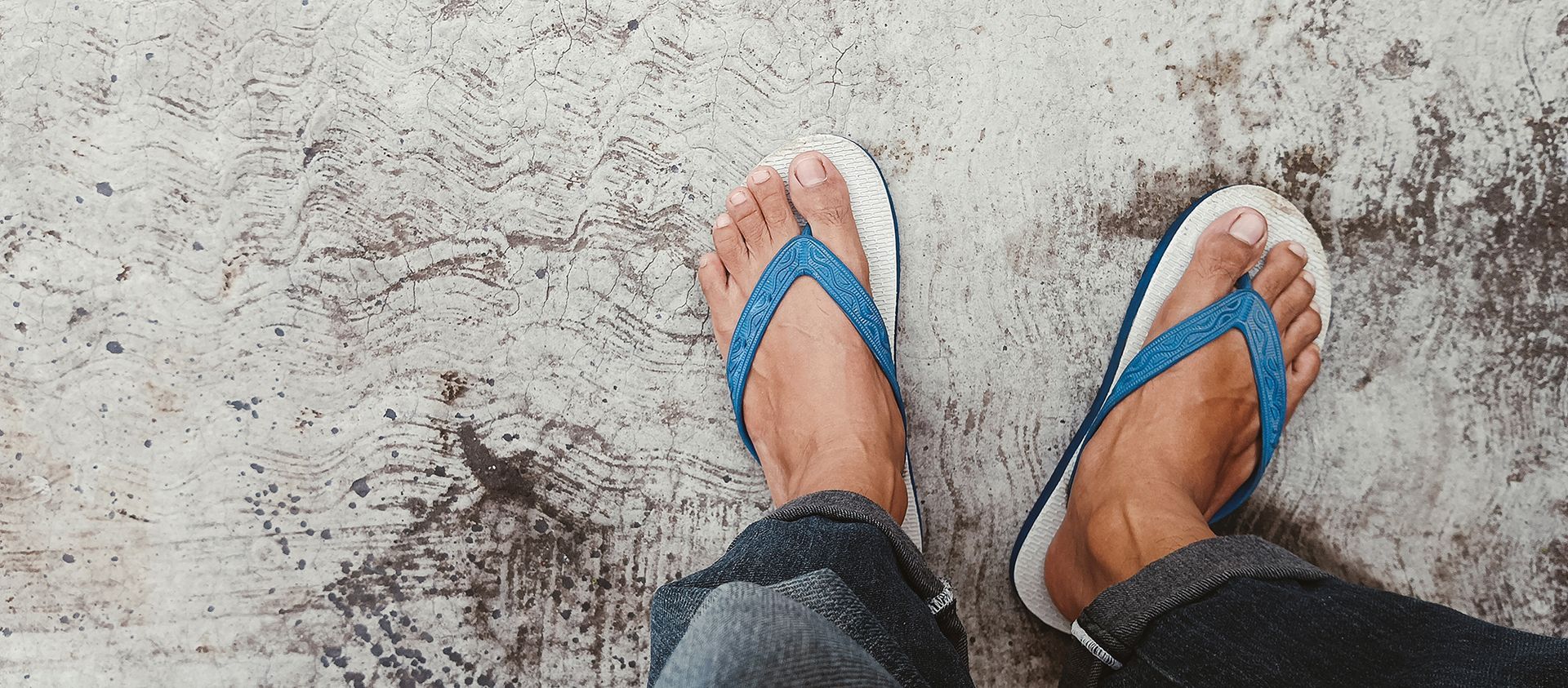
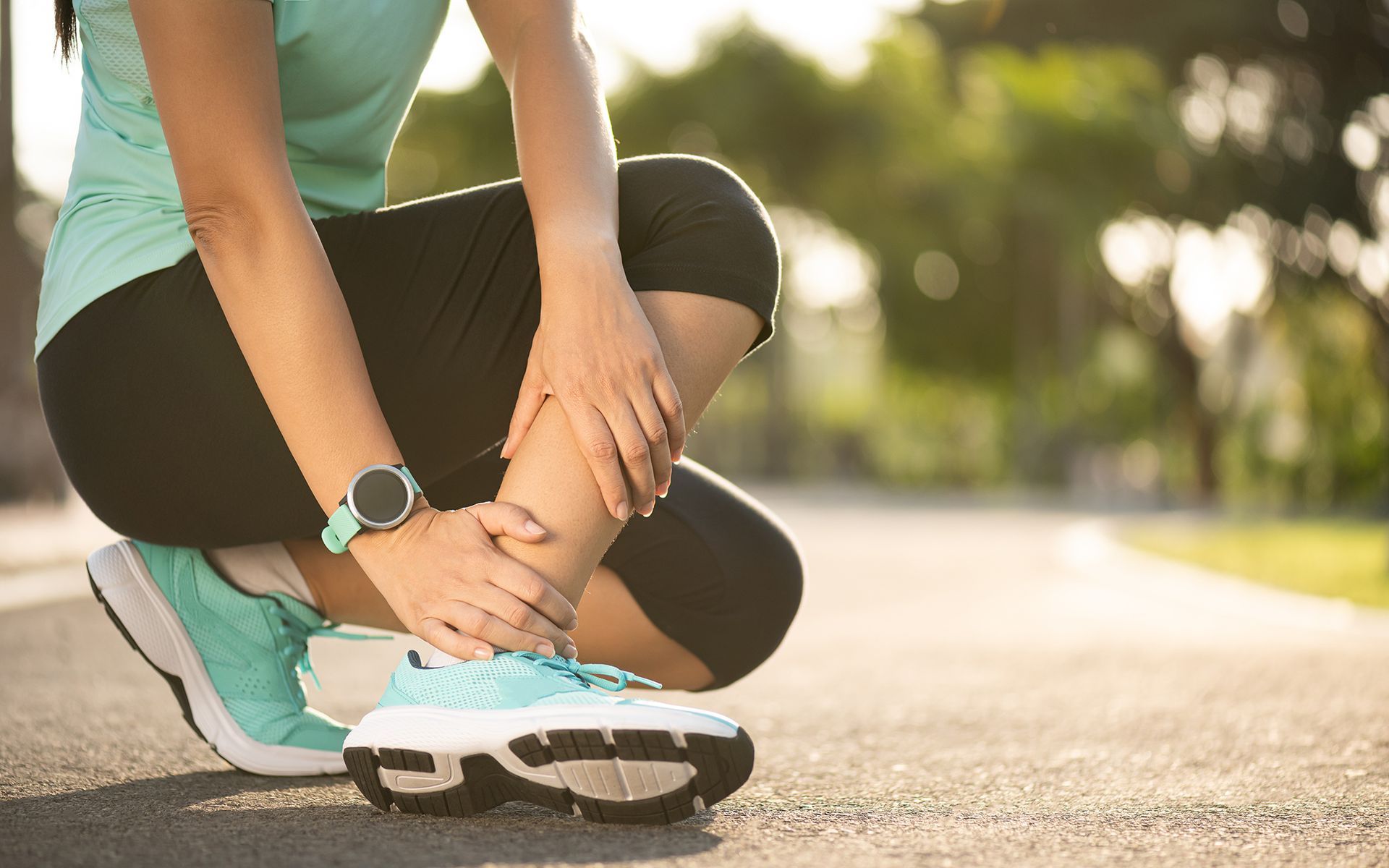
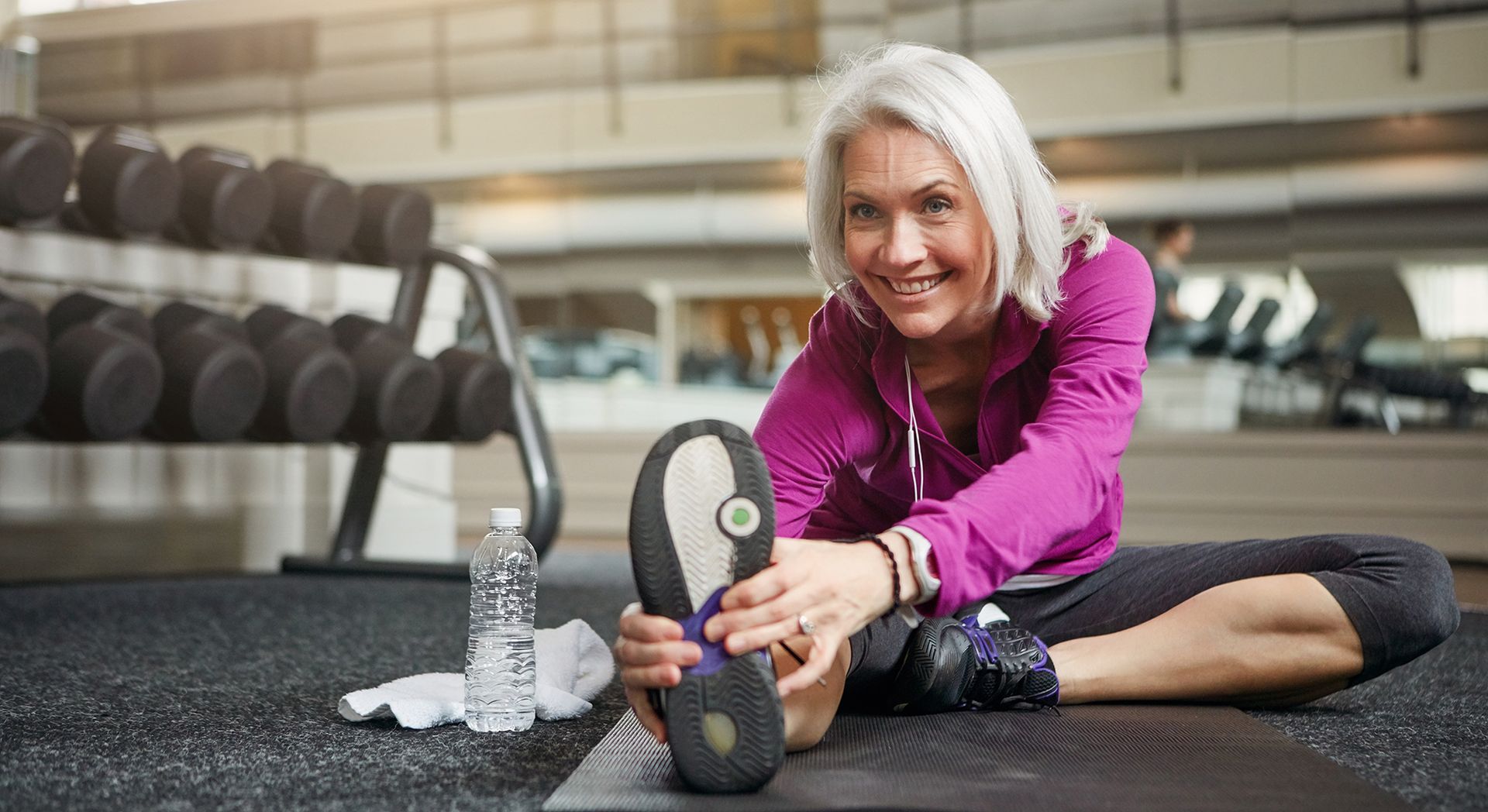
Dealing with Foot or Ankle Pain?
Accepting New Patients!
Get help today from our Experienced Podiatrists.
QUICK LINKS
SERVICES
All Rights Reserved | Accessibility Statement | SMS Privacy Policy | Ryan Foot and Ankle Associates (USFAS) | FASMA


